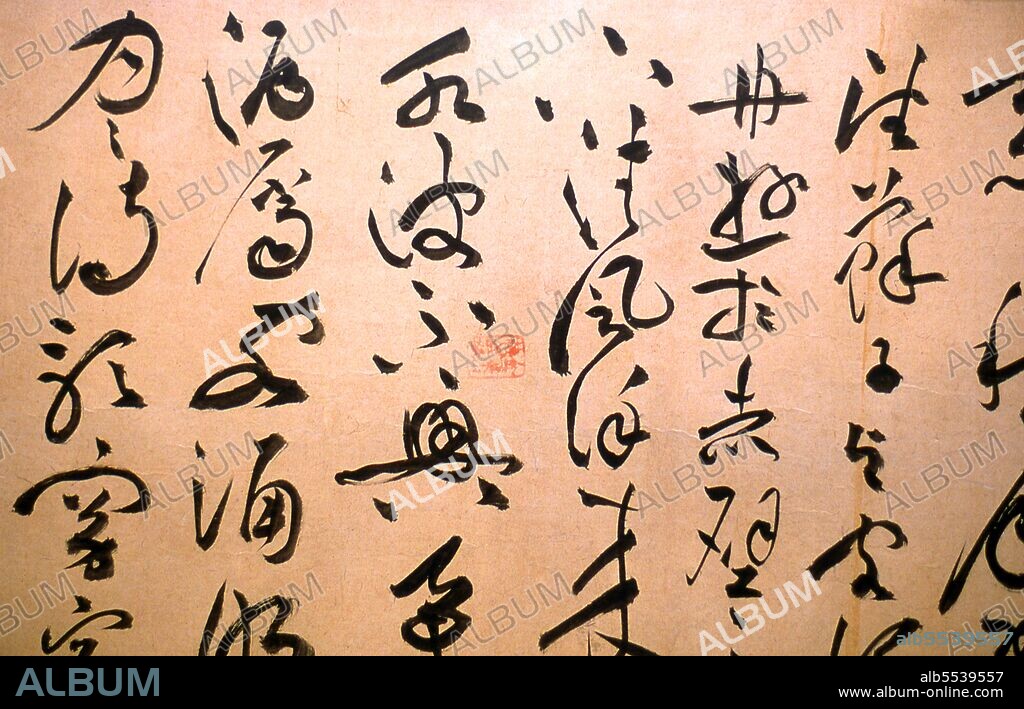alb5539557
China: Caoshu (grass script, first developed during the Han Dynasty 206 BCE-220 CE), Ming Dynasty, Shanghai Museum, Shanghai.

|
Zu einem anderen Lightbox hinzufügen |
|
Zu einem anderen Lightbox hinzufügen |



Haben Sie bereits ein Konto? Anmelden
Sie haben kein Konto? Registrieren
Dieses Bild kaufen

Titel:
China: Caoshu (grass script, first developed during the Han Dynasty 206 BCE-220 CE), Ming Dynasty, Shanghai Museum, Shanghai.
Untertitel:
Siehe automatische Übersetzung
Cursive script (simplified Chinese: ??; traditional Chinese: ??; pinyin: caoshu) is a style of Chinese calligraphy. Cursive script is faster to write than other styles, but difficult to read for those unfamiliar with it. It functions primarily as a kind of shorthand script or calligraphic style. Cursive script originated in China during the Han dynasty (206 BCE - 220 CE) through the Jin Dynasty period (266 - 420 CE), in two phases. First, an early form of cursive developed as a cursory way to write the popular and not yet mature clerical script. Faster ways to write characters developed through four mechanisms: omitting part of a graph, merging strokes together, replacing portions with abbreviated forms (such as one stroke to replace four dots), or modifying stroke styles.
Bildnachweis:
Album / David Henley/Pictures from History/Universal Images Group
Freigaben (Releases):
Model: Nein - Eigentum: Nein
Rechtefragen?
Rechtefragen?
Bildgröße:
5100 x 3266 px | 47.7 MB
Druckgröße:
43.2 x 27.7 cm | 17.0 x 10.9 in (300 dpi)
Schlüsselwörter:
ASIEN • ASIEN, KONTINENT • AUSBILDEN • AUSBILDUNG • BELEHRUNG • BILDUNG • CHINESIN • CHINESISCH • ERZIEHUNG • GESCHICHTE • KALLIGRAPHIE • KONTINENT, ASIEN • MUSEEN • MUSEUM • PAEDAGOGIK • PÄDAGOGIK • SCHULE, ERZIEHUNG, LEHREN • SCHULWESEN • UNTERRICHT • ZEITGESCHICHTE
 Pinterest
Pinterest Twitter
Twitter Facebook
Facebook Link kopieren
Link kopieren Email
Email
